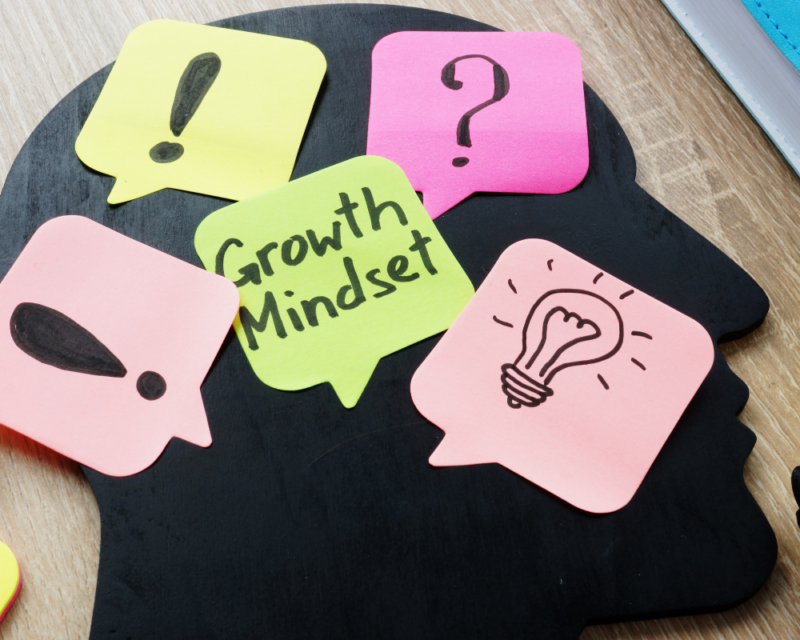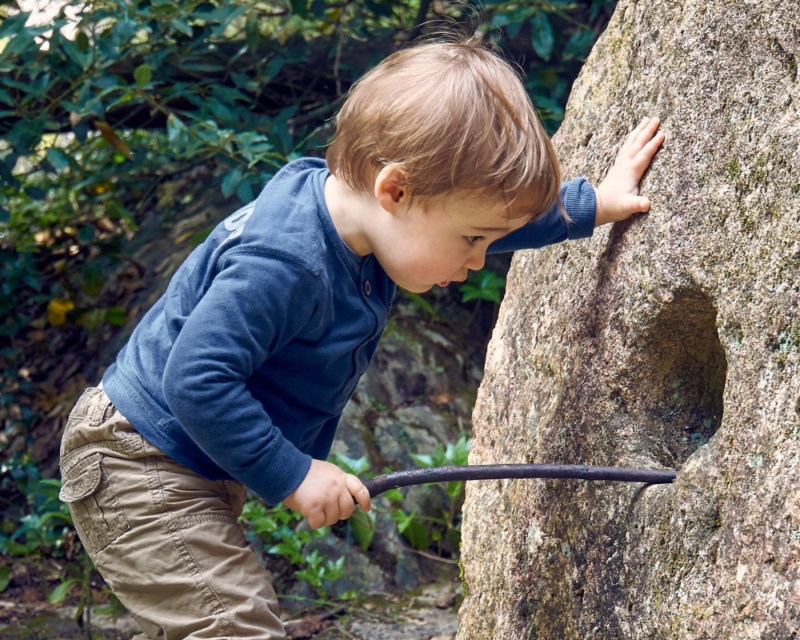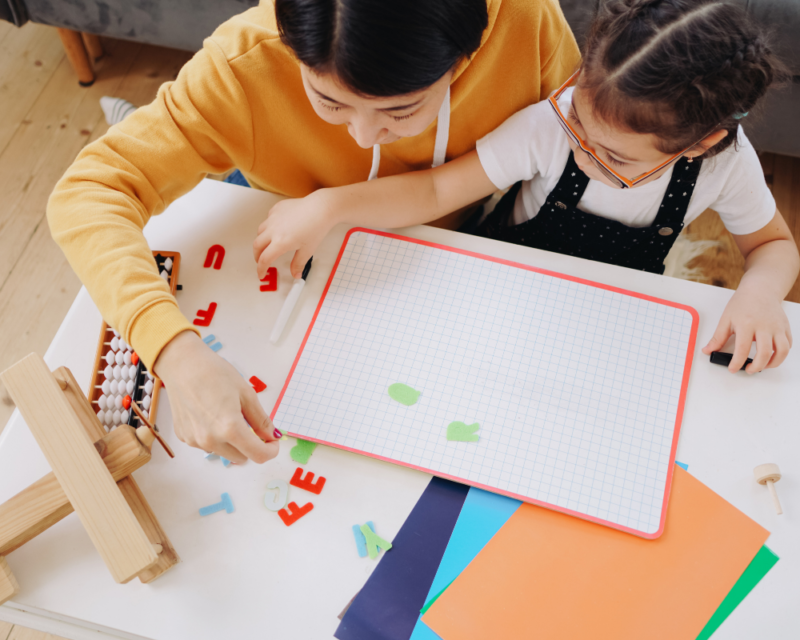The most difficult learner is the one that believes they already know everything. This is quite a paraphrase of Socratic teaching.
However, this still holds true and is more so in our fast-paced environment today.

This is precisely why psychologists these days are encouraging what they call the growth mindset–the willingness and openness to adapt and to change the way we think.
Courses on Finer Shape are primarily geared towards developing this way of thinking, but we will first do a quick run-through of the importance of having a growth mindset to further our learning abilities.
Learn, Unlearn, & Learn Anew
A fixed mindset, as opposed to the growth mindset, is one that is centred on the belief that who we are is static. This includes our personalities, character, traits, and skillsets.
This is precisely why it is difficult to teach people and, more so, to learn things if your mindset isn’t focused on growth.
The beginning of a growth mindset is rooted in the principle that even our characters, personalities, and natural or genetic abilities can still develop, change, and progress.
If we are willing to unlearn whatever we believe is fixed in who we are and in our identity, we will surprise ourselves with the opportunities that we can still learn things anew.
Dr. Carol Dweck, who coined the term growth mindset, believes that if we change how we think about our identities and talents, we are more inclined to learn and be more successful as we believe these traits can still develop and change over time.
Growth Mindset in Education
In the aspects of learning, having a growth mindset is the key tool to enhancing creativity, boosting all forms of intelligence, developing perseverance, and honing critical thinking skills.
This mindset is cultivated at home as much as in school when both educators and parents work together to encourage children to grow in the areas where they might not always feel that they are good or skilled or born talented.
Dr. Paul O’Keefe of Yale-National University of Singapore gave some helpful tips for developing a growth mindset which can also already be trained early on in a child’s learning experience:
1. Encourage Curiosity

Children are most likely curious creatures already, which is why you should allow them to keep thinking critically about the things that they are curious about.
Encourage them to ask questions. Engage them in activities that you know they are eager to do.
Practising their ability to multi-task and see if they can remain focused on finishing or accomplishing all the tasks.
More so, be their source of what they can be curious about next.
Get them engaged in learning things they don’t know, in developing skills they have yet to attain and be their source of encouragement throughout the entire process of learning.
2. Nurture What Fuels Passion
Younger children are driven by curiosity and wonder; older children usually already have their own sets of interests.
Look into these areas, and instead of merely telling them to go after what they are interested in, get them to understand that the “going after” part of passion requires work, time, and effort.
This includes the opportunities you give them to encounter failure and see how they deal with it and how they can overcome it by themselves.
By doing so, they’ll be able to think of their own ways to remain passionate and interested, but at the same time, they get to learn to be flexible and creative towards achieving their goals.
3. Growing to Be a T-Shape Person
A T-shape person is the improved reversal of the Jack of All Trades. A T-shape person is deeply knowledgeable about a specific area of interest but sees that this interest is also interlinked with other disciplines.
Growing to be a T-shape person is growing to be a multidisciplinary person. This develops a growth mindset, especially when they are faced with challenges that test what they believe is their identity’s limit.
By creating opportunities where challenges, failures, and feedback are safely exchanged, you can develop their growth mindset while still being an encouragement and a driving force for them to break free from fixedly seeing their own limitations and weaknesses.
By seeing that their strengths can be interdisciplinary, they’ll be able to find ways to persevere and overcome in a different area by applying their strengths from their area of interest.
4. Learn From and With Others

A growth mindset thrives in an environment that practices and exchanges the same principle. More and more people are realizing the importance of STEAM education and what it brings to the table. Lots of parents are enrolling their children in these sorts of educational programs, which are focused on Science, Technology, Engineering, Arts, and Mathematics.
Teach them to give value to their own progress alongside other people’s progress without comparison. Teach them that every person learns differently in both method and time.
Teach them that learning thrives when everyone learns about themselves and how to improve themselves more than merely aiming to be the best.
Peers are important not as a mere benchmark to measure one’s own progress but to be an encouragement, to be sources of learning as well, and to be a form of support.
In essence, everything about learning is echoed in the growth mindset, and thus it is definitely not just essential to the learning process but is also a reflection of the core and the centre of what it means to be lifelong learners.


